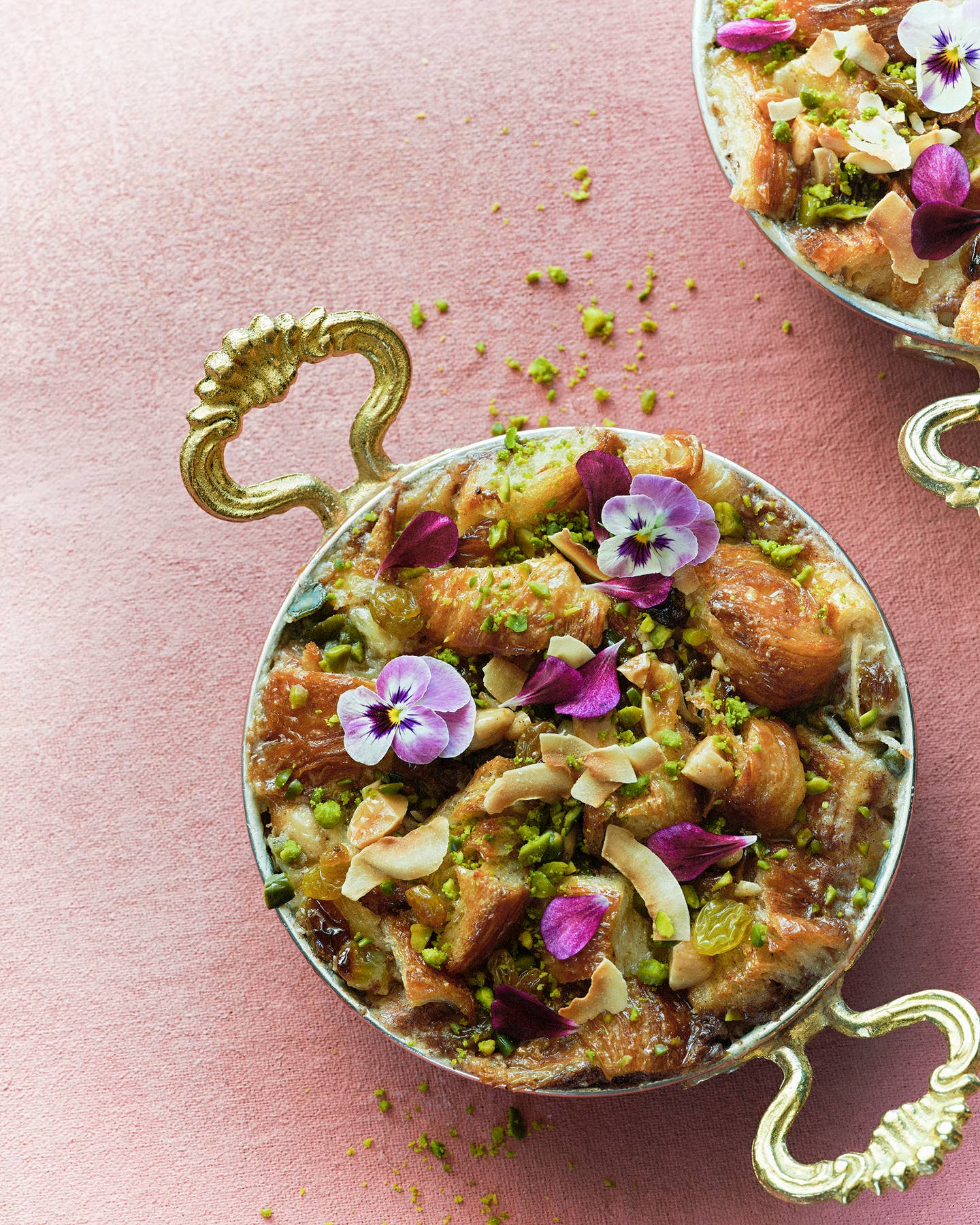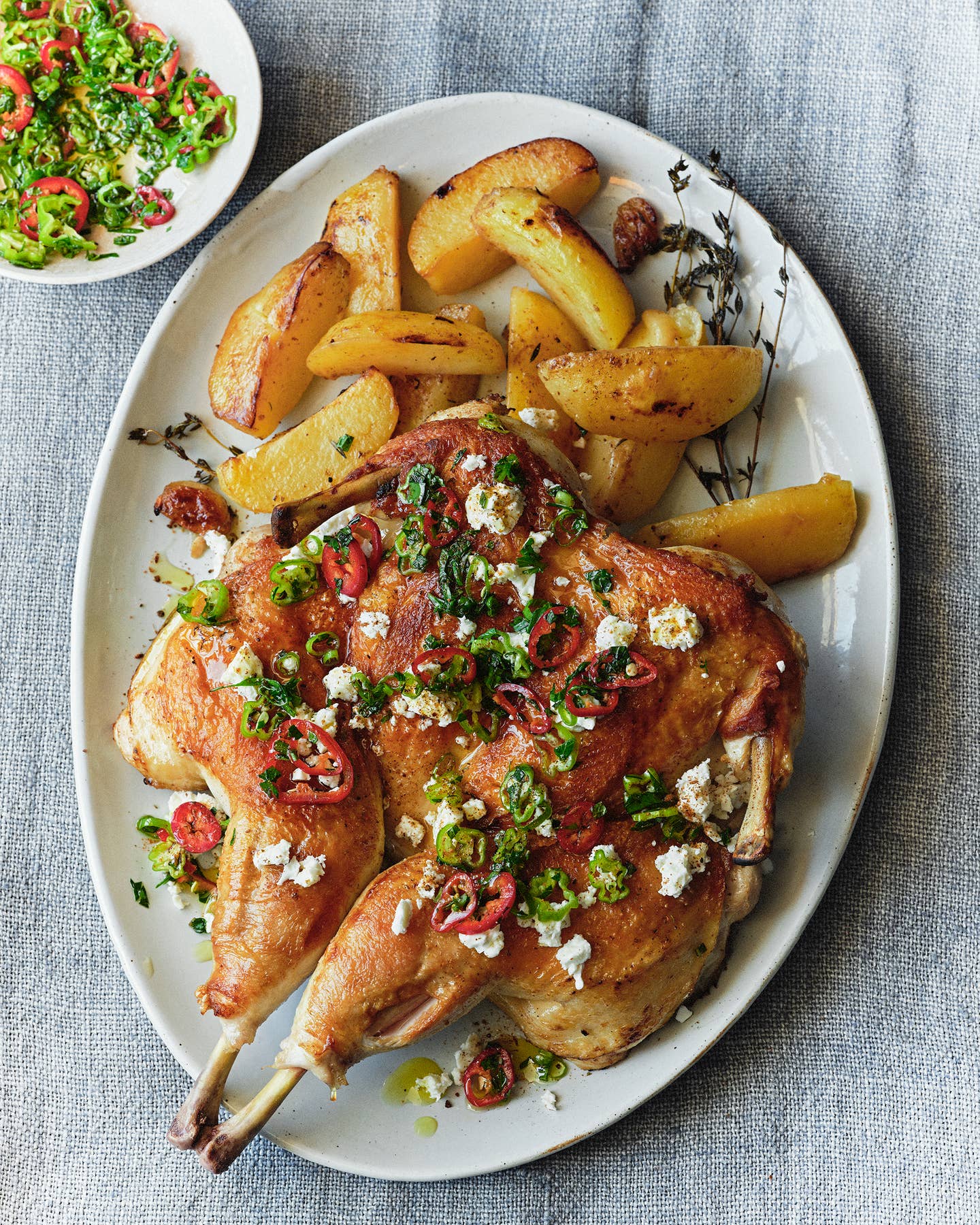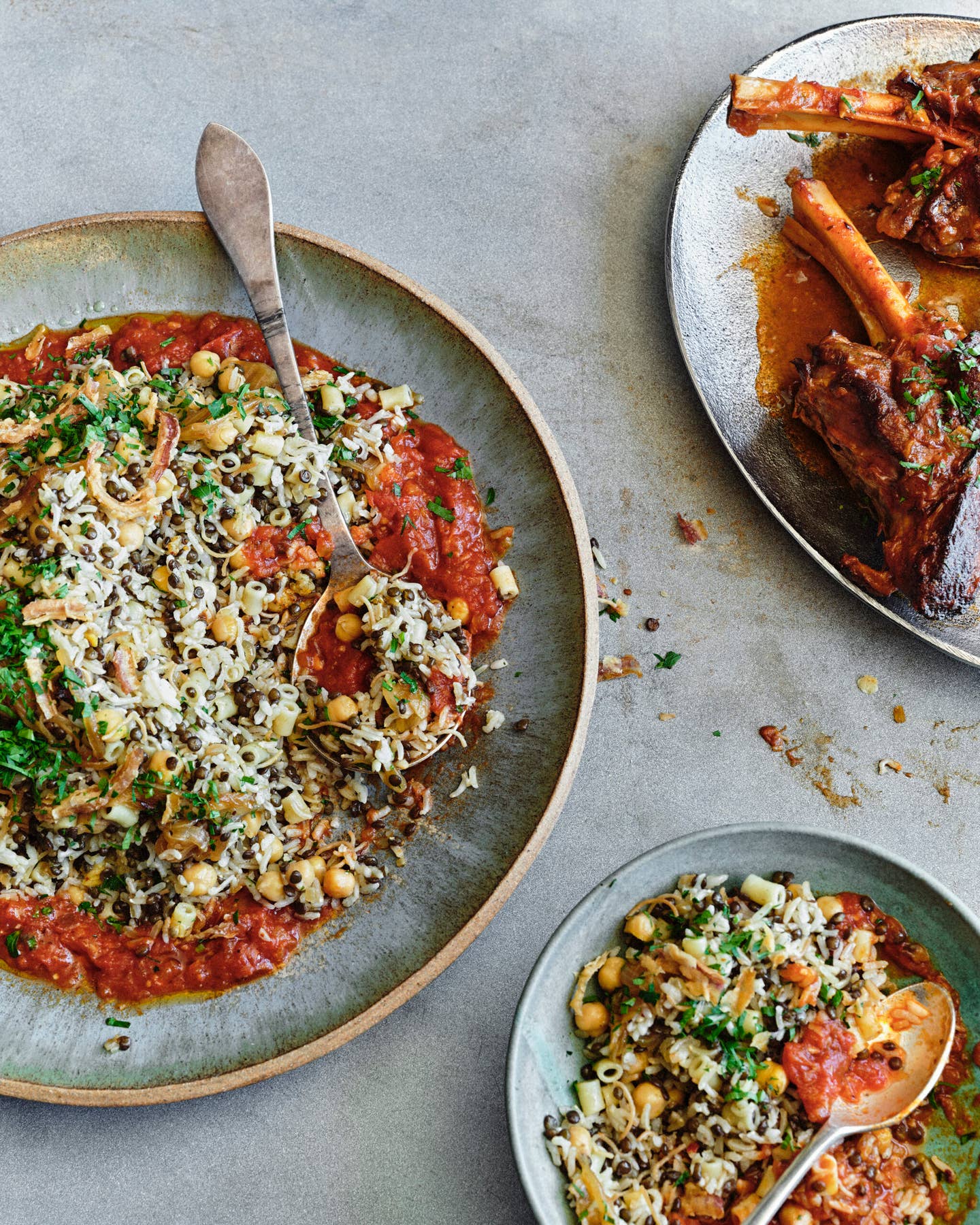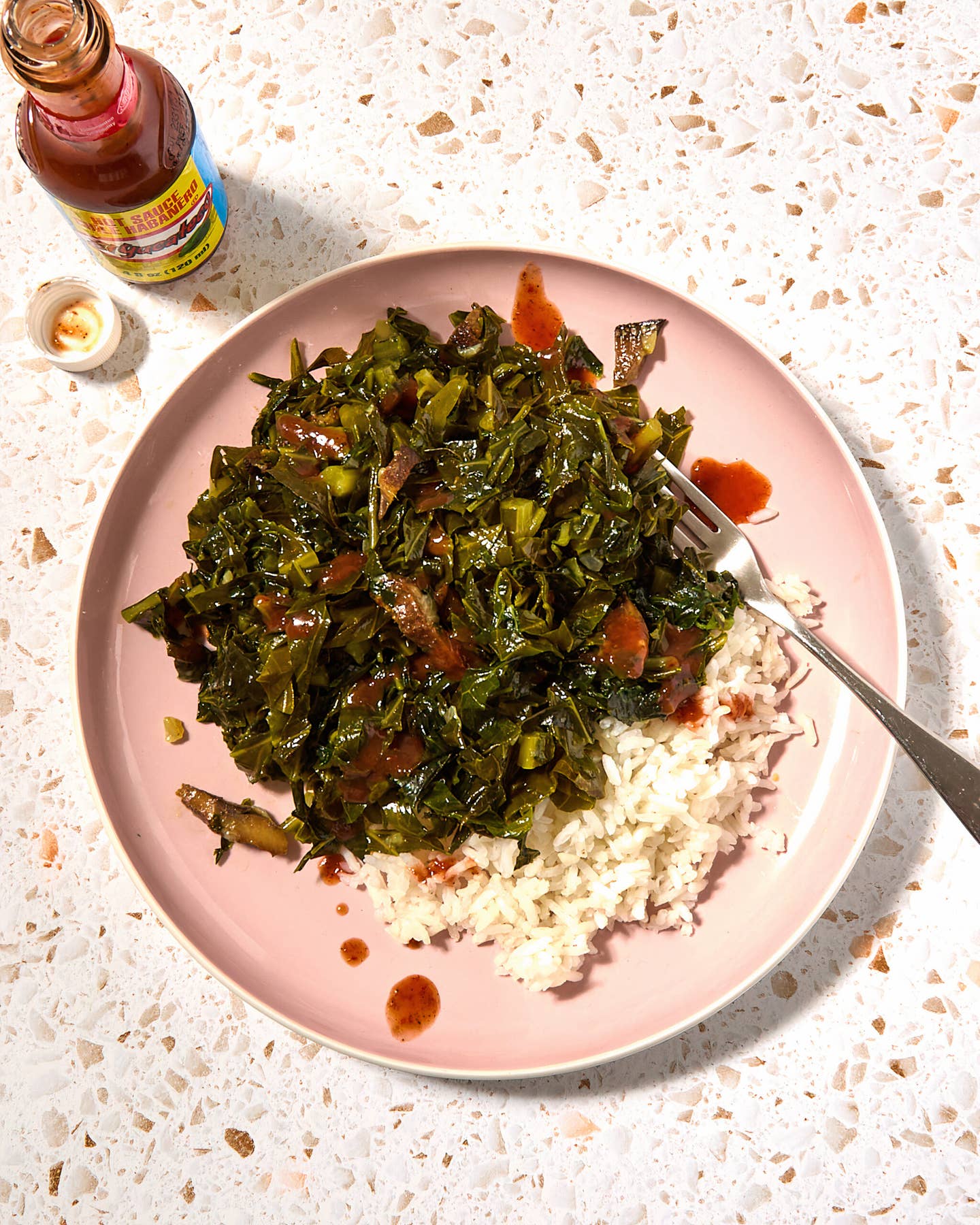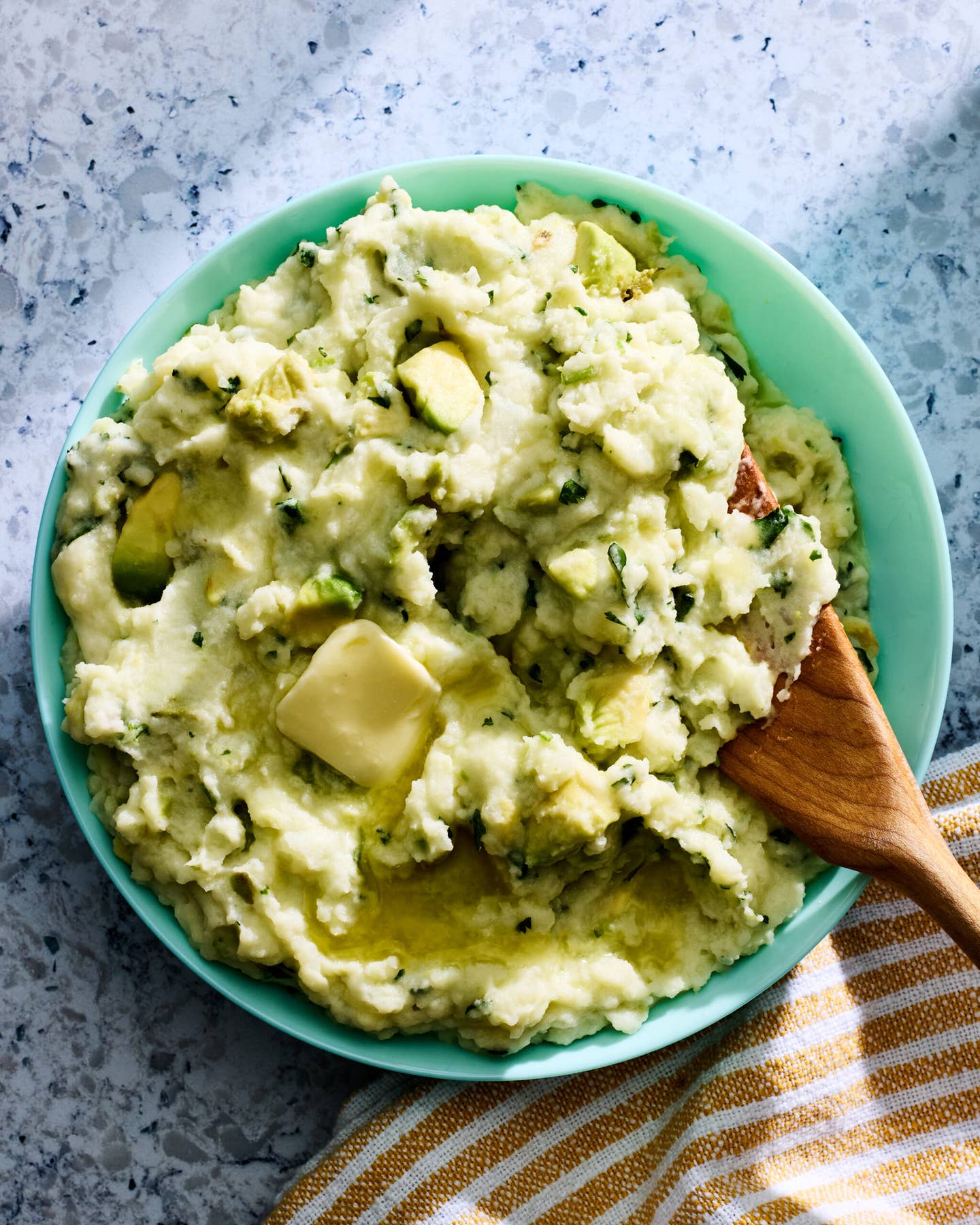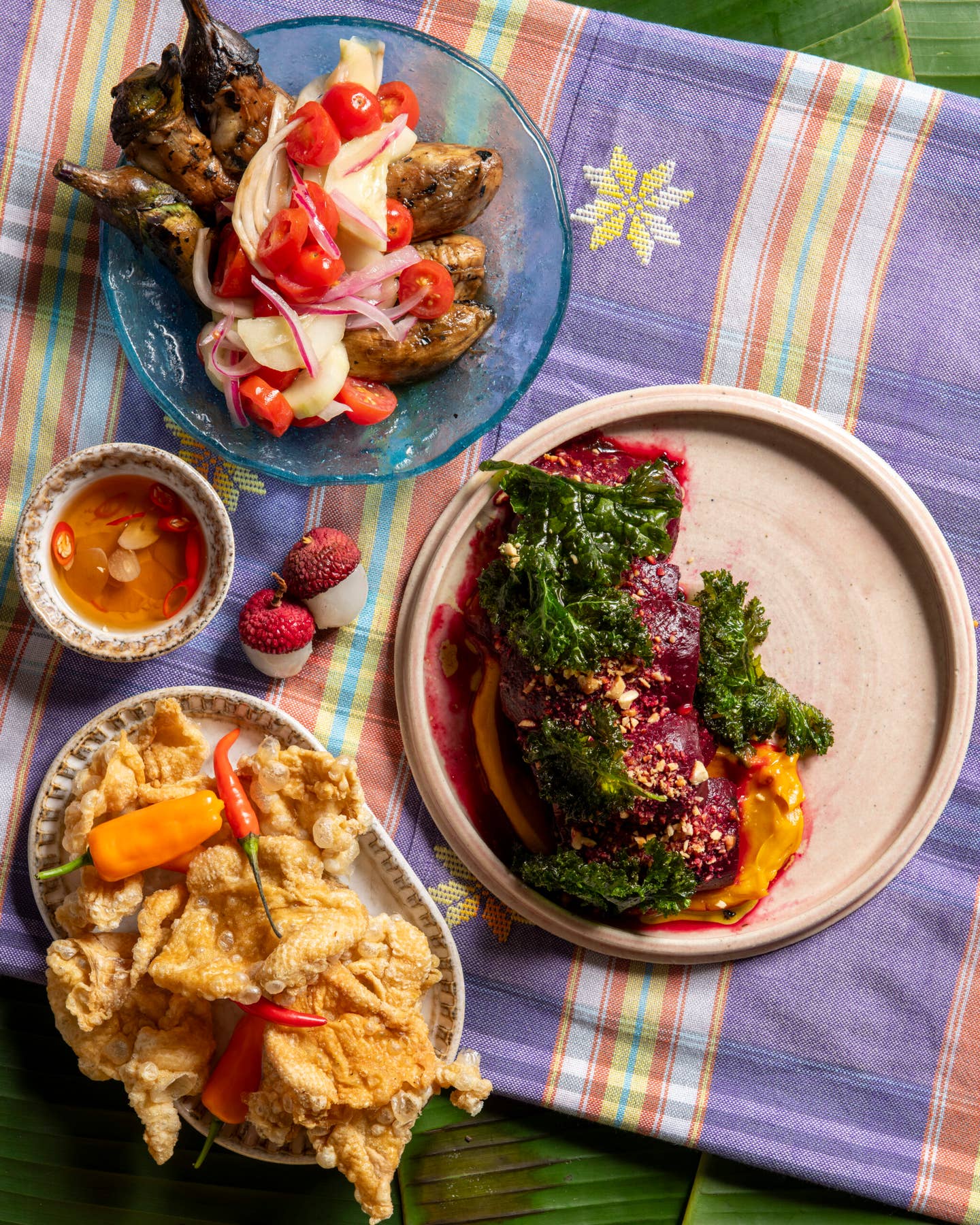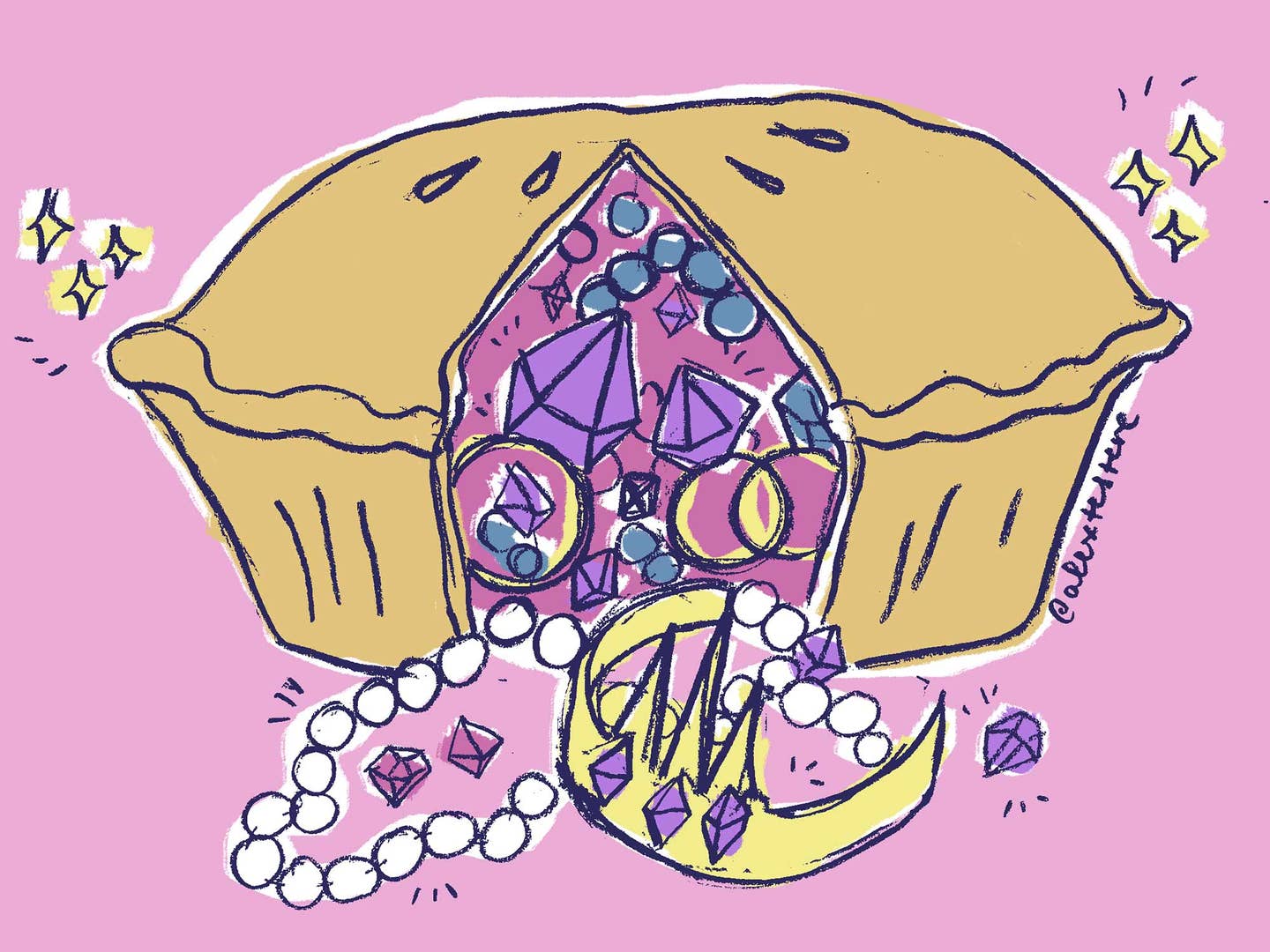
Who Came Up With the Modern Dessert Course?
And what came before it? For one, eels baked in marzipan
One evening in Ferrara, Italy in 1529, a grand feast was planned for the wedding of one wealthy Italian nobleman to France's Princess Renée, daughter of King Louis XII. According to Michael Krondl in Sweet Invention: A History of Dessert, posh Venetians were obsessed with sugar, going so far as to adorn their banquet tables with gleaming white sugar sculptures. The provincial citizens of Ferrara had to step up their game with such ritzy company in town; a sugar showdown was inevitable.
Thus the dinner menu included game birds doused in blancmange, a starch-thickened sauce of cream and sugar, and further topped with, you guessed it, more sugar. Fried bone marrow fritters were dunked in sugar syrup. Eels were baked into marzipan, obviously, and toothy, tube-shaped lampreys were roasted and served in a sauce of their own sweetened blood. If sugar's value wasn't already clear, a giant pie was presented for the ninth and final course. Its crust was not filled with sweetened fruit, but heaps of glittering jewelry.
So it was in the time before the dessert course as western Europeans have come to know it. For the longest time in France, Italy, and England, dessert—as a sweet course following a savory meal—didn't exist. Sweets were around, of course—the smacking allure of sweetness has hung heavy over our heads ever since the earliest humans first stumbled upon a beehive—but there was little order to the procession of a meal. Sugary cakes and pastries as well as candied nuts, fruits, and flowers were all interspersed with meats and vegetables, serving as palate cleansers and digestive aids and fending off "dispelling wind," as noted by Jacques Savary, one particularly eloquent 17th-century Frenchman.
Sugar itself, though, was expensive, and prized not only as a sweetener but as a seasoning and status symbol. Toward the end of the 15th century in Europe, the price of refined sugar began to reflect its high demand, and its newfound status as a luxury good did exactly what you might expect to rich Europeans anxious to flaunt their wealth: It made them want more.
Sprinkling sugar on your stew, then, was as much as power move as it was a flavor enhancer, transforming the boiled birds and weird roasted sea creatures of the age into things that looked and tasted rich, if not particularly delicious. But like all trends, it wouldn't last forever.
It was another eloquent 17th-century Frenchman who first remarked on a shift in this trend towards sweetening our savory dishes. In Le Cuisinier François, François Pierre La Varenne essentially declared that aggressively sweetened savory dishes weren't fancy anymore, and that rich people had to find more interesting ways to make their food taste good. Adding a sugary cream sauce to your partridge was officially passé.
Sugar’s fall in fashion corresponds to economic and cultural changes in the wealthy circles of these European countries at the time. As industrial refinement of sugar expanded, its price—and potency as a status symbol—plummeted. But dessert as a distinct course may owe its birth to something more flighty: salons, those intellectual house parties of the late Renaissance and beyond where folks would gather to drink tea and chat in a setting significantly less formal than a grand dinner feast.
Chefs took the salon as an excuse to prepare more manageable, single-portion sweets to accompany tea and entertain small groups. Executed with ample artistry, these tarts, èclairs, and petit-fours became more and more popular as folks found more avenues to eat decadently without throwing a party, and came to see sweets as an indulgence that could be enjoyed with restraint rather than pomposity. Add to that a developing trend toward service à la russe, or Russian-style service, a style more akin to the modern practice of serving dishes one at a time rather than all at once, and you have a natural progression toward a meal-final dessert dish, in which a small, sweet èclair might make its way to your plate with a cup of tea or coffee.
The word "dessert," which is the participle of the French desservir, meaning "to clear the table," was first written in 1539, and referred to the delicate candied fruits and nuts that dinner guests would snack on in the aftermath of a grand meal, such as that of the princess in Ferrara. As fashionable French customs trickled out into the rest of Europe and the savory-sweet divide widened, the word took on all sorts of meanings, likely aligning with trends among scullery maids who would bring out chilled tarts and cakes at the end of a meal for their employers to pick at while they washed the dishes. By the late 1700s, the word was adopted in English, both American and British, and "dessert" ultimately became a course all its own.
These days, I wouldn't be surprised to find a nouveau blancmange revival hitting a Michelin-starred menu, but maybe they can leave the eels in marzipan back in the 16th-century where they belong.
Keep Reading
Continue to Next Story

